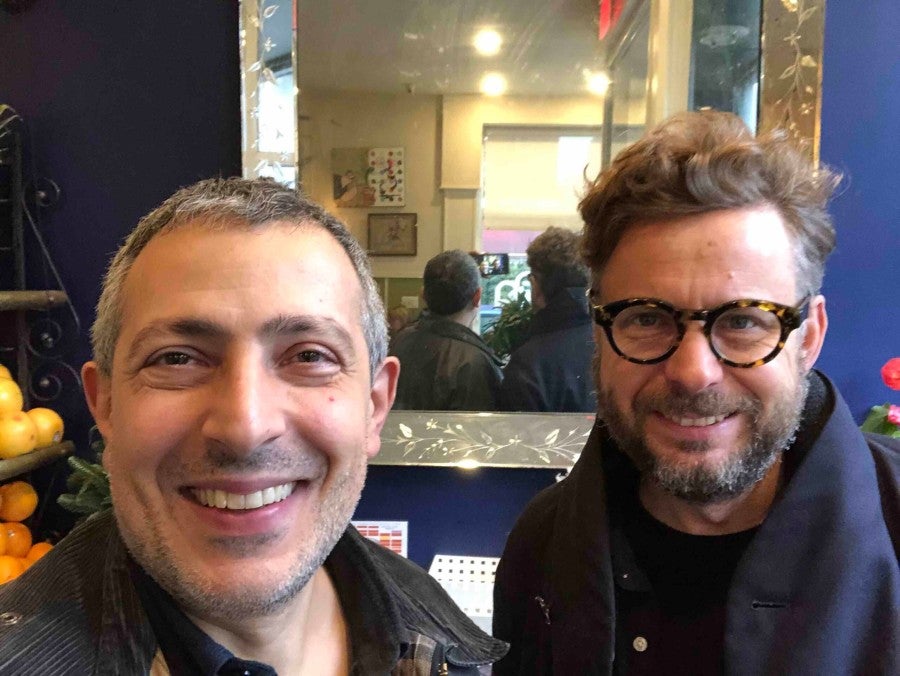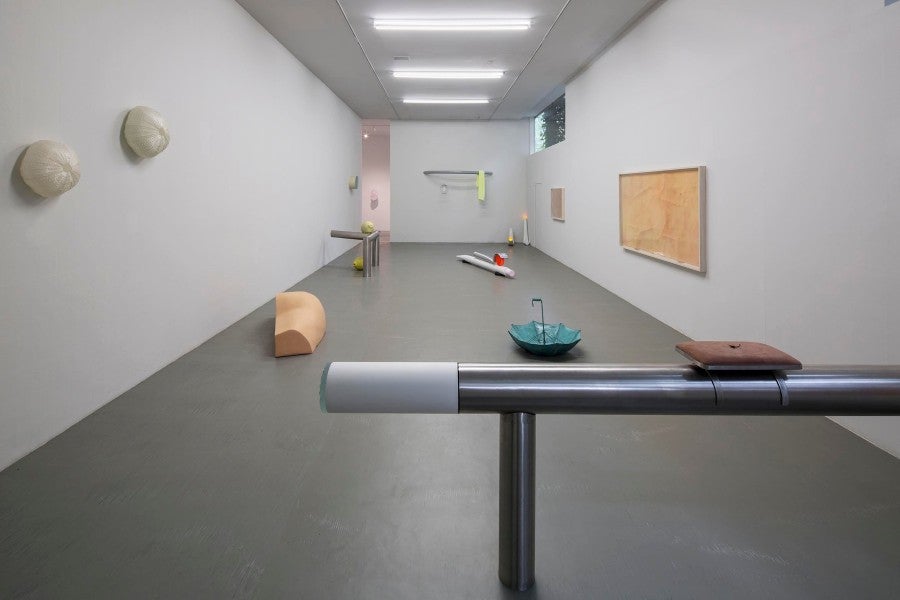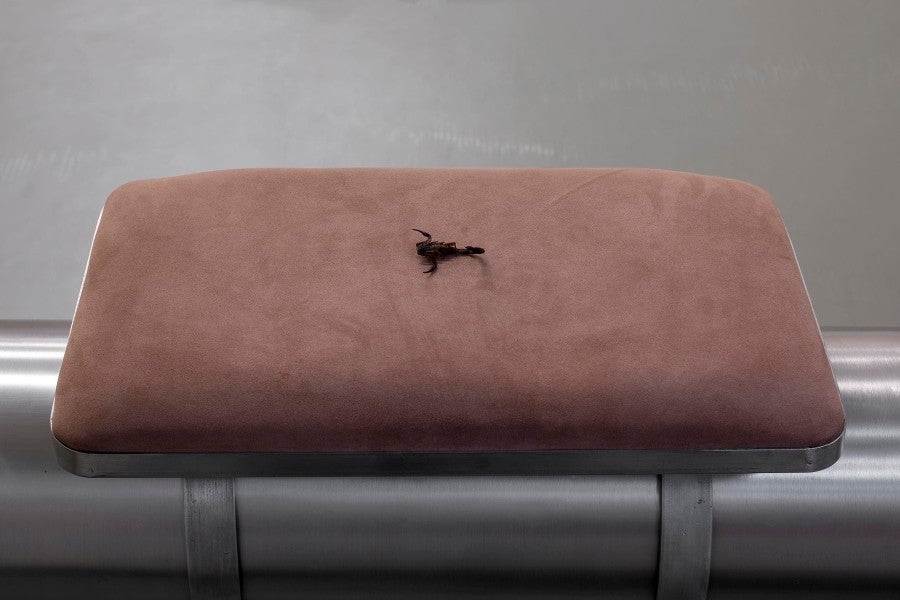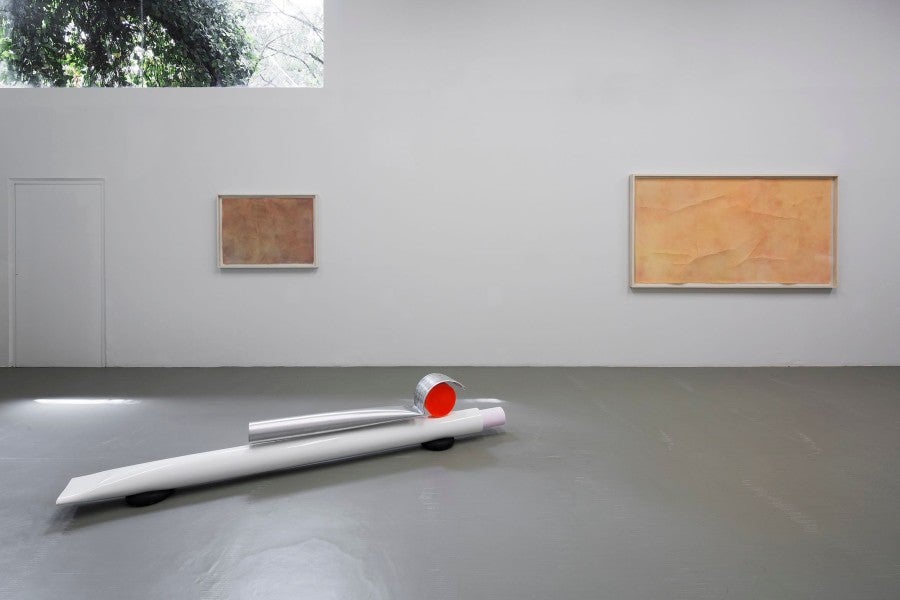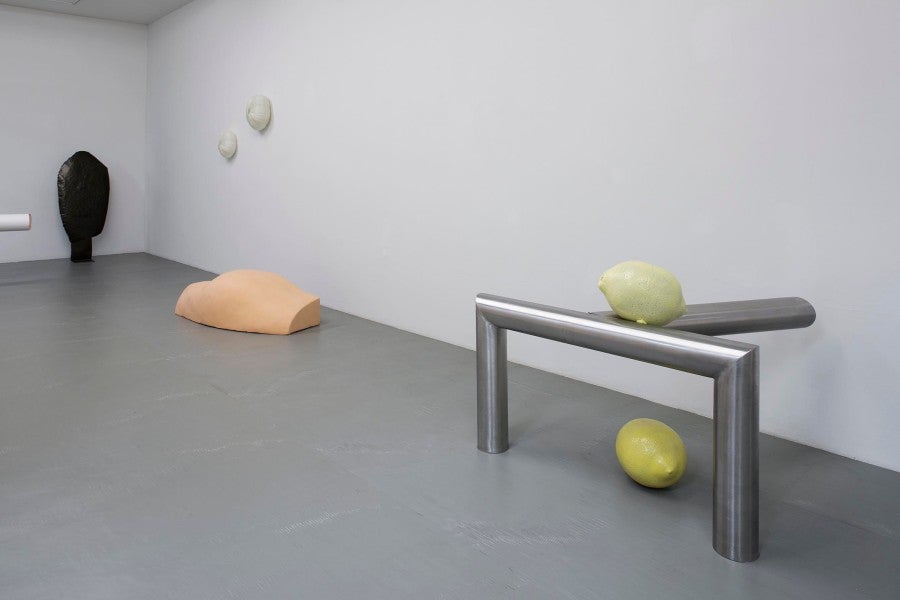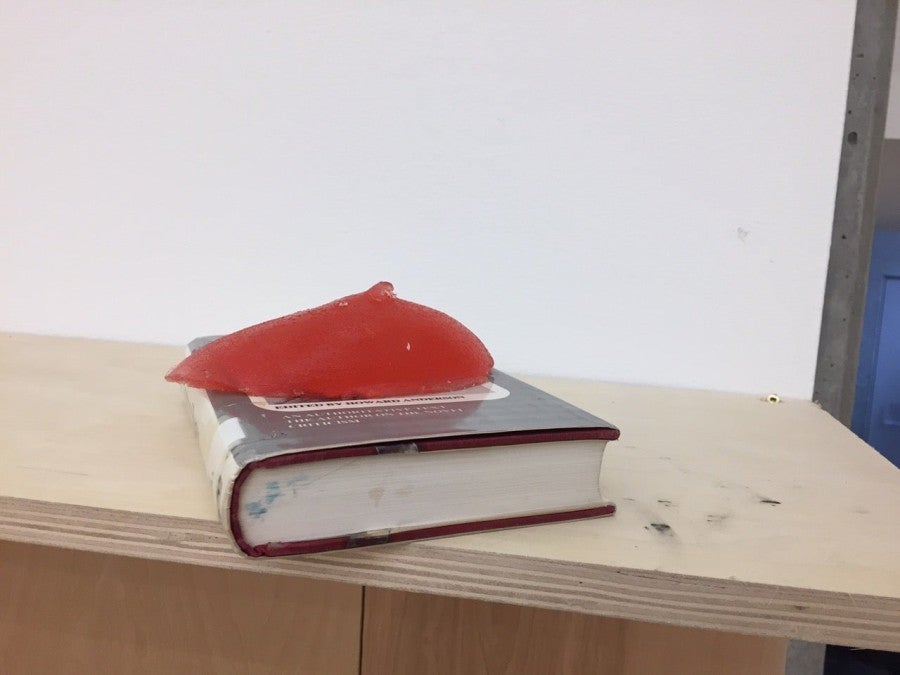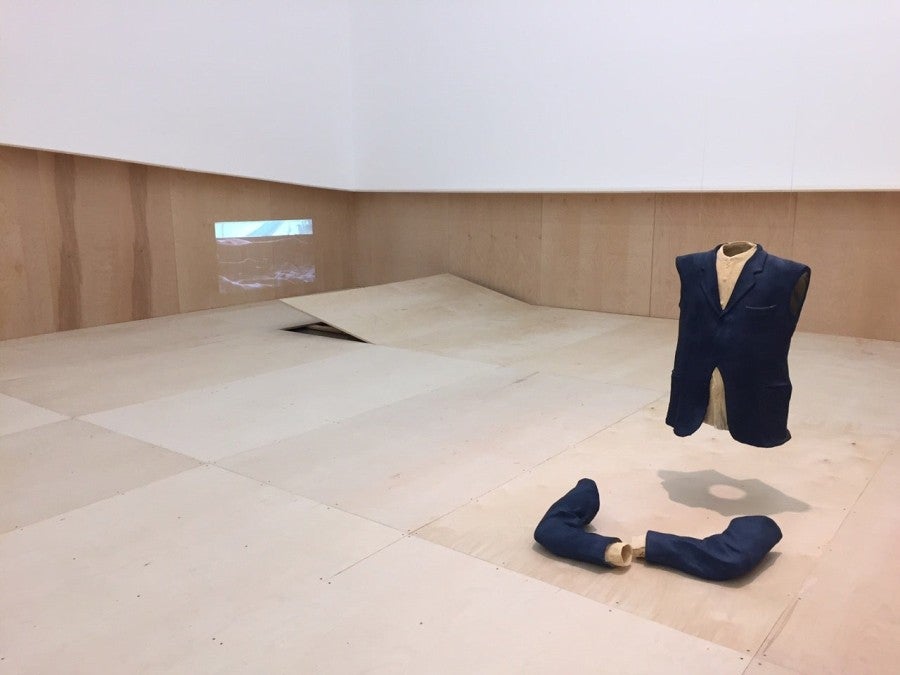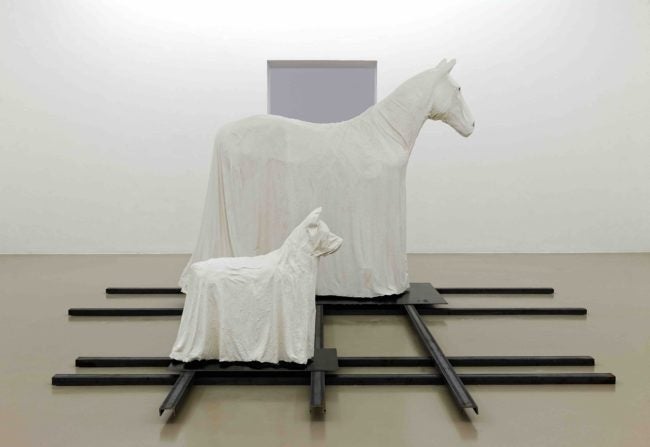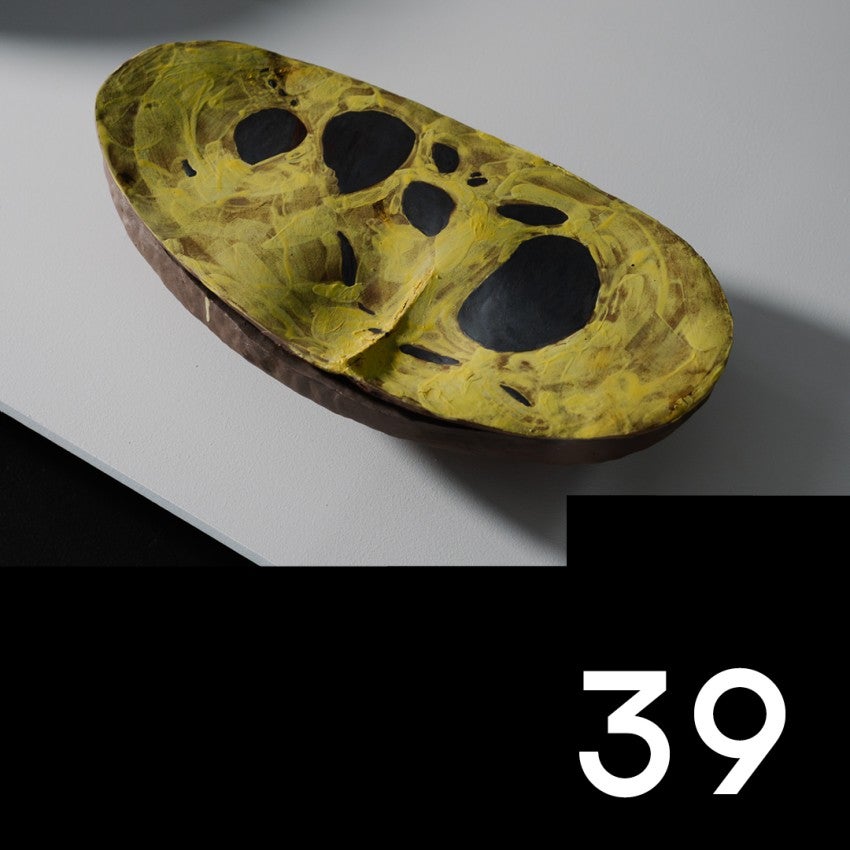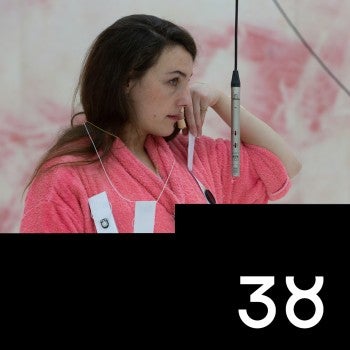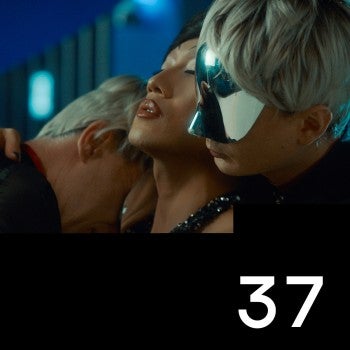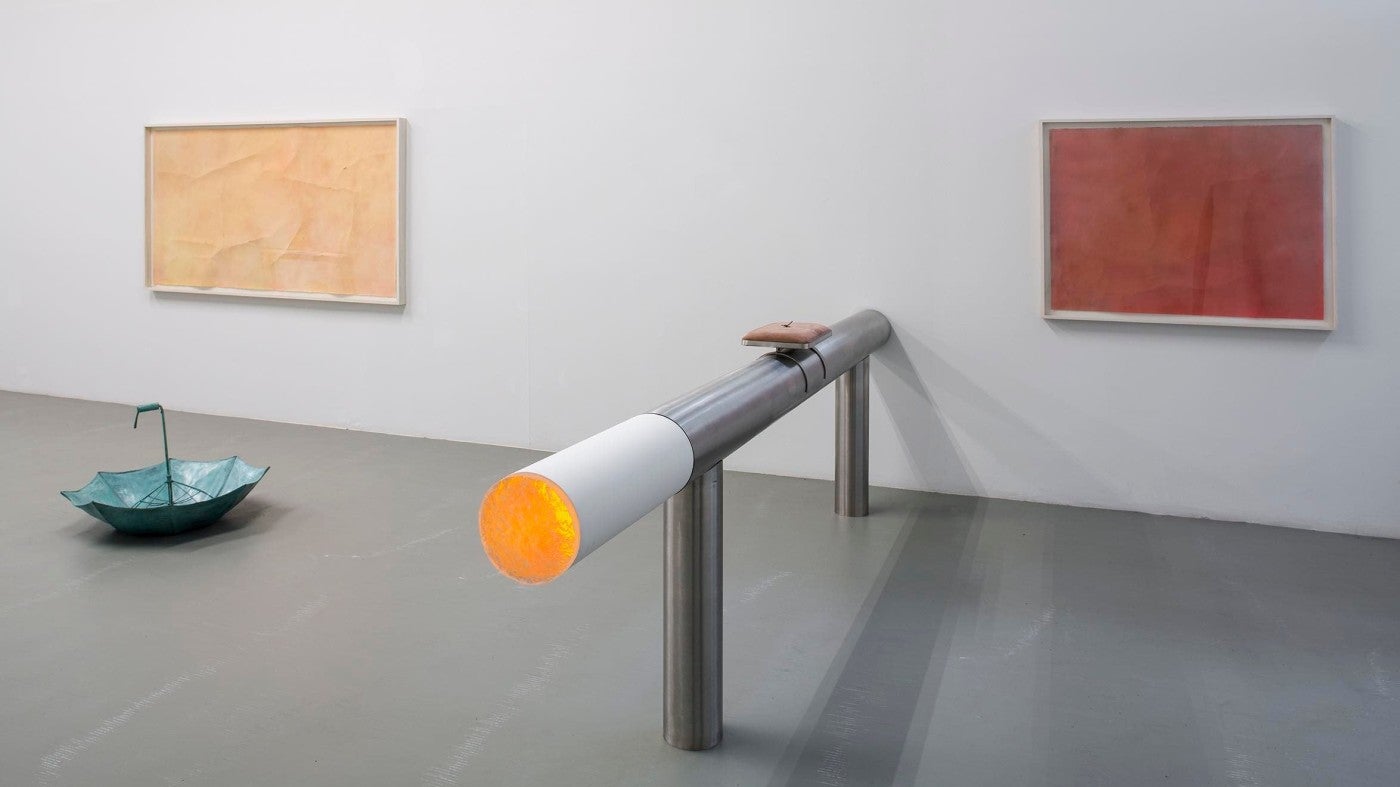
It’s no secret that living in New York or any other large city often gives rise to a powerful sense of temporal dislocation. It comes with the territory of rapid change that has long defined modernity. Charles Baudelaire put his finger on it long ago in a celebrated poem called “The Swan”:
The Old Paris is no more (the form of a city
changes faster, Alas! than a mortal’s heart)
What is interesting in these lines, however, is not the sense of nostalgia and loss they at first seem to affirm, though I’m old enough today to know this feeling firsthand. Rather, it’s that Baudelaire doesn’t speak of Paris’s “soul” or “spirit,” a common idiom in the nineteenth-century, nor of its “identity.” Clearly thinking of Baron Haussmann’s boulevards and the large-scale urbanism they announced, he speaks of the “form of a city,” a slightly awkward and highly specific phrase, that is, about the changing profile of the city’s streetscape and built environment.
I would argue that Baudelaire isn’t so much bemoaning the disappearance of the old Paris than trying to make an entirely different point: namely, that modernity pulls back the curtain and reveals the out-and-out absence of a stable ground, a “native soil”—or, in the context of the poem and its central figure, the swan, a “beautiful native lake” (beau lac natal). In other words, it’s not that modernity destroys something that once existed and endured; rather, modernity’s perpetual revolutions reveal it was never there in the first place. Behind the ever-changing forms of the city and the human life it embodies, there are no fundamental or ontological foundations. Human being takes the form of the ever-changing city because it is grounded, if one can say it in this way, in absence—in “the negative” as philosophers might say.
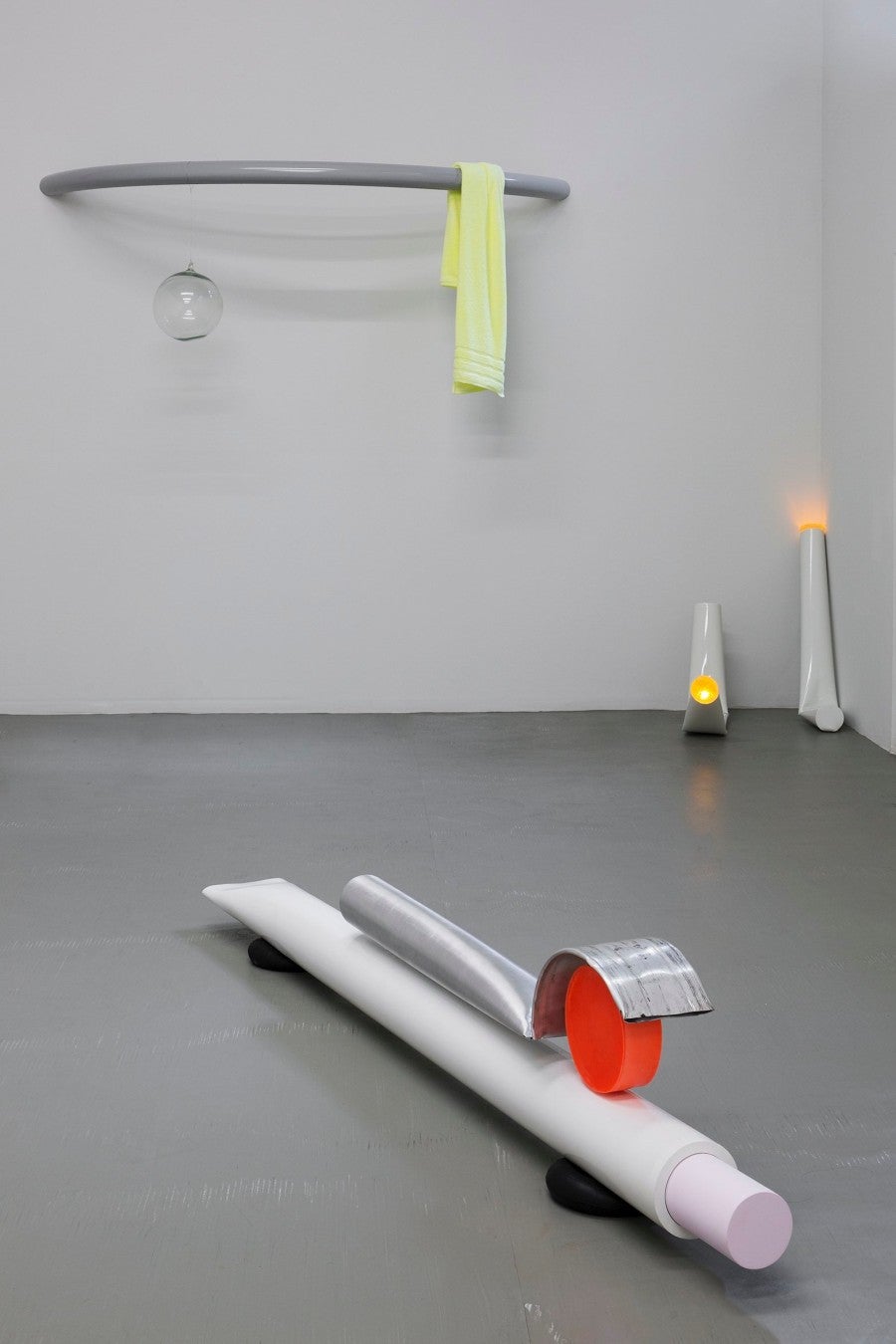
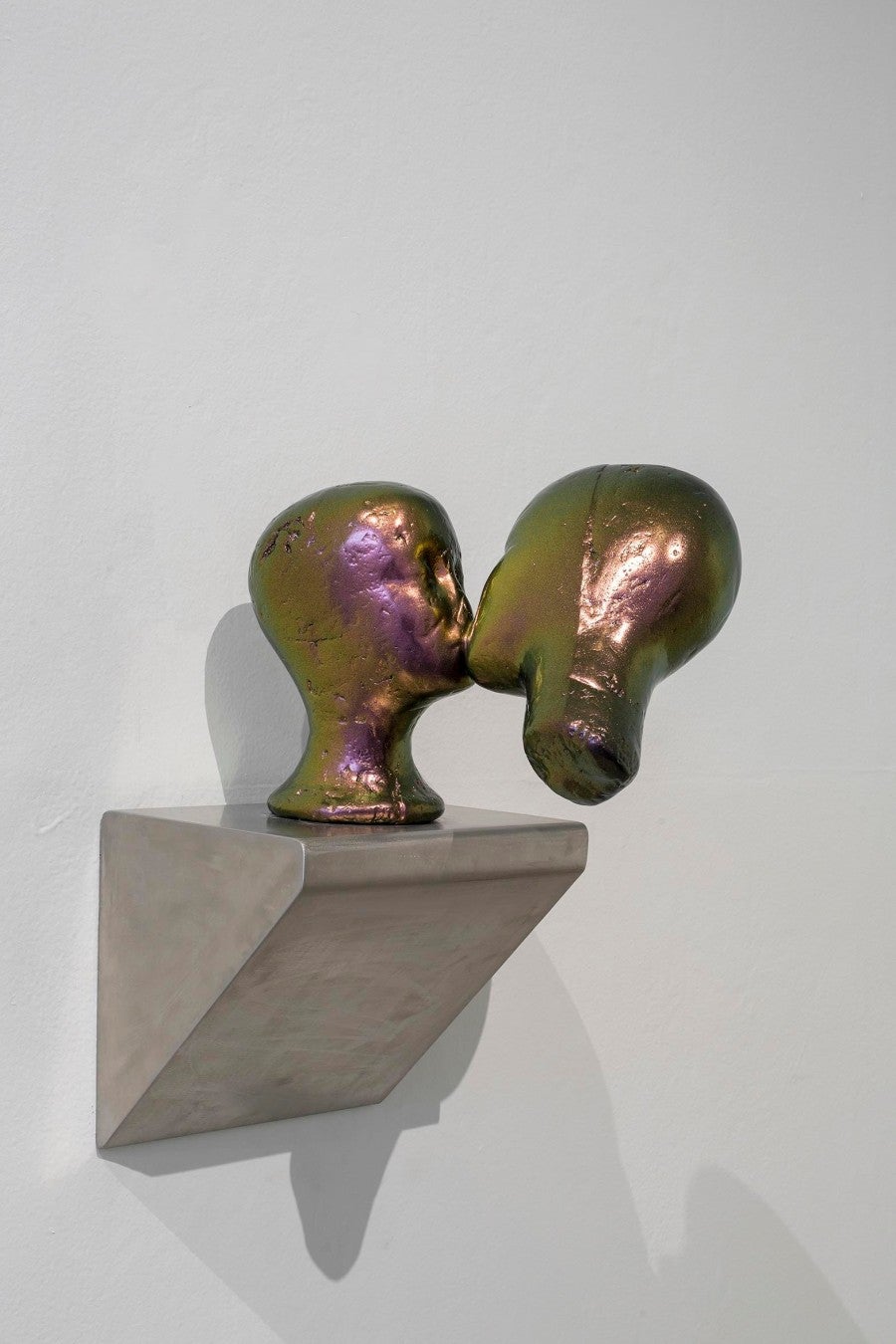
...an elusive shapelessness, something airy, gauzy, there and not there...
Baudelaire’s lines came to mind as I was thinking about Guillaume Leblon’s work recently. For the past two decades, the French artist has explored the boundaries between his sculptural objects and the spaces and buildings in which they are shown. As Dieter Roelstraete observed some time ago, Leblon has displayed a genuine pre-occupation with architecture and spatial organization from the outset of his career1. His very early Interior façade (1999), for example, was a dense composite of sculptural and architectural modifications to a fictive living space set alongside and accompanied by a film about the French architect and set designer Robert Mallet-Stevens. Leblon cut into the walls and the floors of the gallery space and thereby created a diverse vocabulary of openings and “windows” that produce a suggestive figural space, something room-like and yet entirely distinct2. Bringing to mind the uncanny strangeness and ambiguity of Thomas Demand’s photographed reconstructions of real spaces in paper (perhaps most famously, Corridor (1995), a photographic depiction of the hallway leading to the apartment of serial-killer and cannibal Jeffrey Dahmer), Leblon blurred the distinction between three-dimensional and two-dimensional space, real space and image space.
In the heterotopia of contemporary sculptural practice and installation art, this work might be considered orthodox in its interest in the room as a constructed object. But it was also clearly scratching at a set of questions concerning the place of sculpture in the context of twenty-first century capitalist overproduction and overdevelopment that date back to the 1960s and 70s. In her landmark essay, “Sculpture in the Expanded Field,” Rosalind Krauss traced the manner in which modern sculpture had rejected its traditional framework and shifted into the domain of what she called “pure negativity,” the logical and phenomenological opposites of traditional sculpture understood as a set of compositional relationships between parts and wholes. Sculptors like Robert Morris and Robert Smithson, in her view, had shifted the center of sculptural practice outside of the object sitting on the pedestal into the “negative” space around it. By the 1960s, “sculpture had entered the full condition of its inverse logic and had become pure negativity… [sculpture] was now the category that resulted from the addition of the not-landscape to the not-architecture [sic].”3
In a recent exhibition in Mexico City’s LABOR gallery, Leblon continued his longstanding engagement with architecture, but in a slightly more surreptitious and subtle manner that underscores the need to look at and read his works very carefully. The title of the show, AEROSOL, invokes an elusive shapelessness, something airy, gauzy, there and not there, something entirely antithetical to sculpture with a capital S and the built environment. At the same time, however, he sets out clear and distinct works of sculpture, offering what seems initially to be a more traditional show. Upon entering the gallery, one is caught in a palpable sense of movement that snakes from the doorway into the space. Stepping inside, visitors are immediately confronted by Leblon’s The Corporeal and the Mechanical (2019), a thick polished steel cylinder that runs from nearly the wall on the right (a small space separates it from the wall) to beyond the midpoint of the gallery space. As we come in, we are led to the left as if by a railing or a ramp that obligates us to follow its path. In a moment of distraction (while looking at one’s phone, for example), the work can easily be mistaken for the kind of nondescript soft architecture and built environment—railings, barriers, barricades, etc.—that are used to control circulation in public space and that we navigate daily both outside on the street and inside buildings.
Figures of Absence
As I just noted, we might not immediately recognize The Corporeal and the Mechanical as art and simply follow its guidance out of habit, at least until we notice its painted white end capped with a piece of molded glass. Indeed, the title of the work seems to allude to Marcel Duchamp’s interest in the mechanical as one of the conditions that bring art toward the field of non-art by way of the readymade. We shall have to return to Duchamp a bit later. For the time being, one might simply note that if the timing is right and we don’t walk immediately past it, the glass end might even light up with a bright orange glow and tip us off to its presence. At that moment, perhaps, the work announces itself as a carefully crafted if not especially high tech or entirely realistic semblance of a giant electronic cigarette.
But that’s only half the story. Confronted with this “cigarette,” our sense of scale is thrown into disarray. If we then notice the leather cushion affixed atop the length of the cigarette and step closer to look at what is sitting on it, we find not a diamond ring or an expensive watch, but rather a dead scorpion. This scorpion, we might further think, has some of the characteristics of both a diamond and an expensive watch: it is both small and faceted; figuratively, its exotic allure is reflected in its form: it is both “sharp” and “hard.” The result is that our sense of scale is thrown off yet again because we must now take in the work as a whole. Stepping back, we can now see how The Corporeal and the Mechanical oscillates between being an oversized Oldenburgian sculpture of an everyday object, the cigarette, and a Surrealist tableau that seems to amplify the paradoxical allure and power of small things.
The figure of the cigarette is reprised in the back of the gallery, where a pair of painted aluminum crushed cigarettes, Perfect Love (2019), are leaning in the corner. Their ironic title tempts us to read the show in autobiographical terms. Are we confronted by the confessions, or faux-confessions, of a smoker or former smoker? Is Leblon announcing that he has finally quit the habit? Is this a swan song or a cry for help? In the center of the gallery, the sculpture titled The Hunter, the smoker and the critic (2019), seems to try to dissuade us from this overly personal reading by casting a broader, more impersonal cultural net. An ambiguous 3D collage in painted steel sitting on dark rubber pads, the work seems to be an odd cross between a cigarette-holder, a cosmetics applicator and a modernist abstract sculpture, combining the appealing colors of consumer packaging with the clean lines of modern design. The result is a refracted inside-out image of everyday consumerism—the enthralling cornucopia of fashion, cosmetics, and drugs, an allegory of the dark pharmaceutical underbelly of modern life: addiction, mania, and obsession.The theorist and critic Avital Ronell has called this our “narcotic modernity.”4 By extension, he gives us to see the Janus-faced duality of sculpture and modern cosmopolitan urbanism: on the one hand, the demands of beauty and consumption implicit in the glossy surfaces of our art galleries and steel-and-glass urban towers that aim to satisfy the pleasure principle; on the other hand, images and emblems of death, slyly reminding us about the double-edged sword of modern capitalism, its cheerful efficiency drowning the planet in stuff.
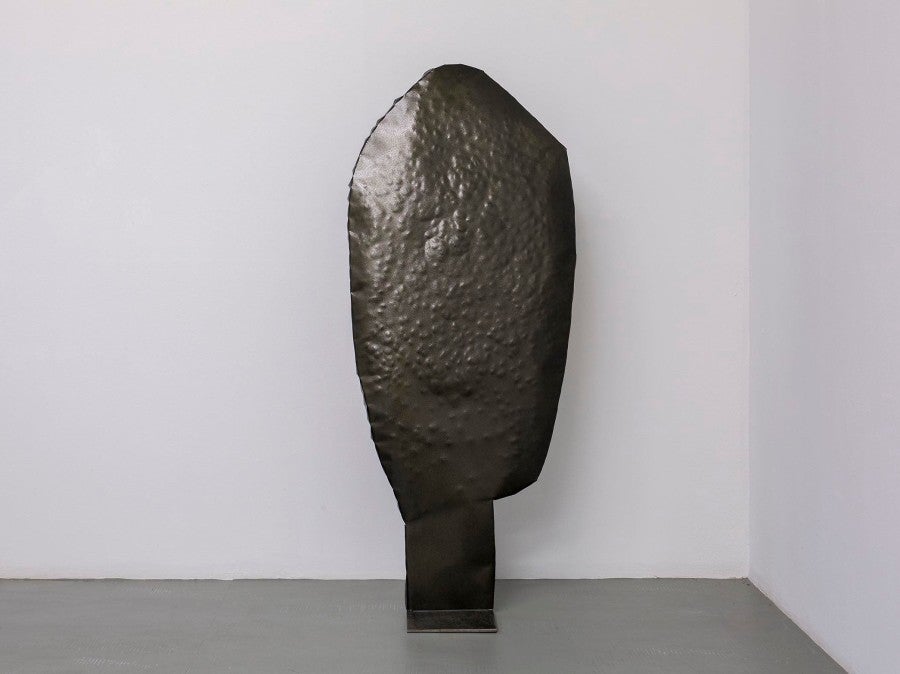
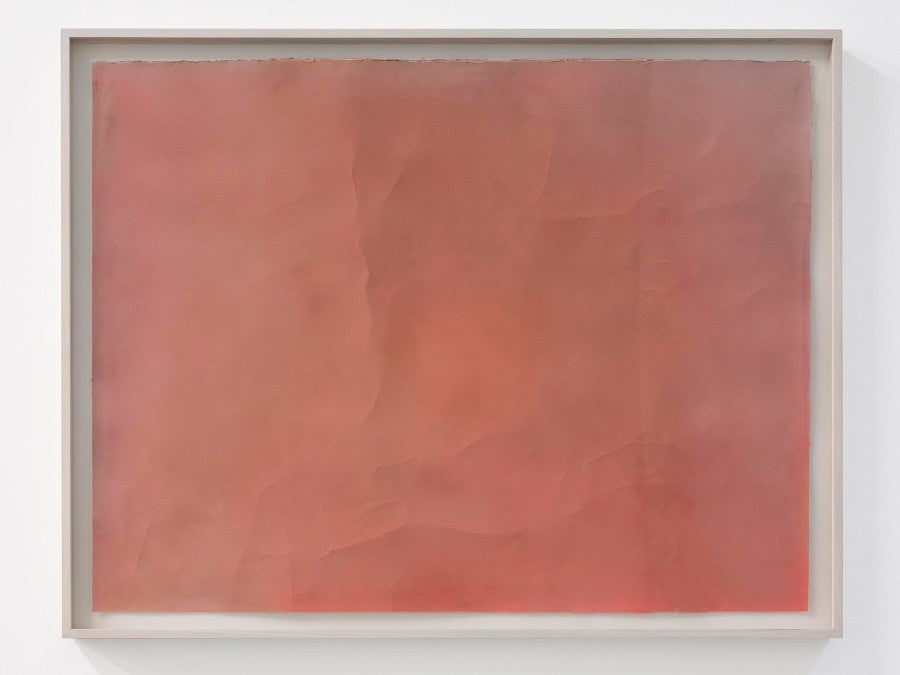
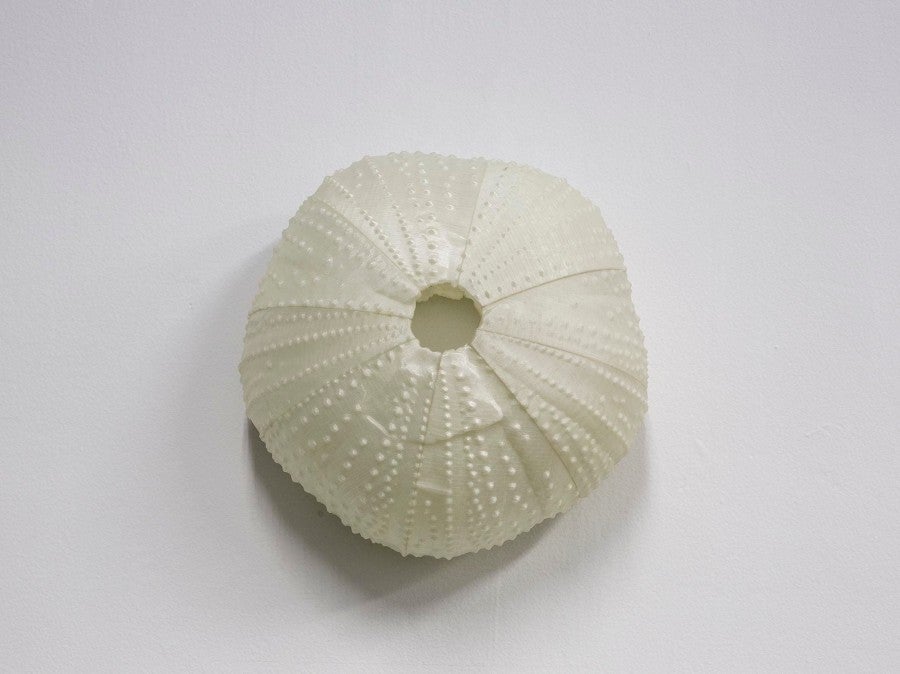
...the figure and the scale of the human body operates as a constant point of reference.
This duality is evident in other works in the exhibition. L’amour fou (2019), for example, distills the burning end of a cigarette into a wall piece that one might easily mistake for a designer lamp. In the corner on the left stands Cara martellinada (2019) a single large piece of hammered steel that plays as a dim shadow or ghost of a human figure, a security guard perhaps. Comparably, Aerosol (Peach) and Aerosol (between pink and peach) (2019), two pastel-on-paper works that are at once drawings and objects, have the tactile quality of skin. Both the radical non-objectivity of color alluded to in their titles and their resemblance to skin invoke violence and death and point to the dark side of consumer satisfaction, how its spray mists, cigarettes, and luxury products aim to fill in a constitutive absence.
Clearly, to the extent that Leblon’s work seems to engage with the gallery space and utilizes it as the theater of his practice, it operates in the expanded field as defined by Krauss. His use of fabricators, moreover, also situates him within the genealogy of Minimalist artists such as Richard Serra and Morris who argued that modern industrial production, not the craftsman’s ethos of the traditional artist, should be sculpture’s primary point of reference. Nevertheless, Leblon departs in significant ways from the discourse of the expanded field defined, in Krauss’s terms, as the space of “pure negativity.” Above all, he remains closely engaged with the figure and the scale of the human body which operates as a constant point of reference in his work.
At LABOR, this is explicit in the painted fiberglass resin floor piece, Cul (2019), an oversized bisected naked trunk which secretly communicates, one might argue, with the light-up 3D printed sea urchins hanging not far from it, Veilleuse (blue) and Veilleuse (green) (2019). Moving back and forth between these works, we are obliged to adjust and readjust our sense of scale. At certain moments, Leblon zooms in on the extremely small, whereas at other times, he zooms out to a “larger than life” comic-book scale, that is, the traditional scale of public sculpture. Entirely absent throughout, however, is Minimalism’s reality principle, its negation of three-dimensional representation in lieu of a literalism and an appeal to objecthood that dissolves the distinction between sculpture and the world around it. Instead, Leblon stages and restages the relationship between objects and the space of the gallery as a relationship between parts and wholes.
Leblon’s 2017 exhibition “Untangled Figures” at the Contemporary Art Gallery in Vancouver is an exemplary instance. There, Leblon presented Political Circumstances (2016), a headless and legless 3D-printed torso of a person wearing a suit jacket, its dismembered arms meditatively folded in front of it on the floor—literally a body both cut through and stitched together by the space around it, a set of parts that promise a whole body, but force viewers to interpellate it. In its cut-up form, the suited figure has a smoky, naked plaster double that was shown in the same year at Galerie Jocelyn Wolff in Paris and that mirrored the way in which Leblon had cut up and reconstituted the walls and floors of the space around it with large plywood panels. To make the point, one of the panels was angled up off the ground, producing an ever-so-slight modification of the acoustics of the space, creating an uncanny aural double of it that inverted the hierarchy between the gallery as a container and the artwork as an object contained within it. Leblon tips off viewers to his play on sound, by means of a blown-glass ear installed on the other side of the gallery. The same ear suggests we understand the “entanglement of the panelled gallery space and the 3D-printed amputee as a relation between a mold and its original. On this model, the negative space of the gallery and the sculptural object mutually determine each other, and, as a consequence, leave each other indeterminate. Rather than constituting the negative and literal ground of the object, absence operates here in service of sculpture’s rhetorical and figurative possibilities and vice versa, everything from amplification to metaphor and synecdoche.
“Untangled Figures” is reminiscent of the work of artists such as Robert Gober for whom the part-to-whole relationship served as the vehicle of a psychoanalytically inflected exploration of the American cultural landscape, among other things. One also thinks of Barry Le Va, whose 1960s “distributions” scattered puzzle parts, paper, string, ball bearings or wood across the floor in the interests of an “aesthetic of randomness.” By embracing the floor space off the pedestal, Le Va recast sculpture as a leveled field of parts that never become wholes. In Leblon’s case, as we have noted, the part-to-whole relationship tends to unfold between the art work and the gallery in order to destabilize the hierarchy between the two.
Partes extra partes
The part-to-whole relation between the container and the contained was also at the center of Leblon’s 2014 one-person exhibition at the Institute of Contemporary Art in Villeurbanne, France, On Horseback with the Painter. Borrowed from a poem by the late Anglo-German writer, W.G. Sebald, the title suggested the idea of exhibition as landscape. In the first room installation, Faces to the Ground (2010), this concept was literalized as a floor built from the remnants and remains of furniture found on the street, panels that resolved into a quilt of shapes, tones and colors that viewers entering the gallery had to traverse to continue into the exhibition.
In another room, the binary of container and contained received a more baroque treatment in the guise of a full-sized actual windmill blade, Four Ladders (2008). Leblon purchased the blade from a French farmer and suspended it from the ceiling in the style of a natural history or science museum display. The result is that the blade seemed to have sliced through the gallery wall and become lodged in it, coming out the other side into another room in which several works suggested an entirely different scene, a day at the beach, by way of three wash paintings, Washed chemtrail I, II, and III (2013), which framed the visual horizon of the room and its central sculpture work Backstroke and Other Bird (2013), a female sunbather composed of sand who appears to have fallen asleep with a book over her head.
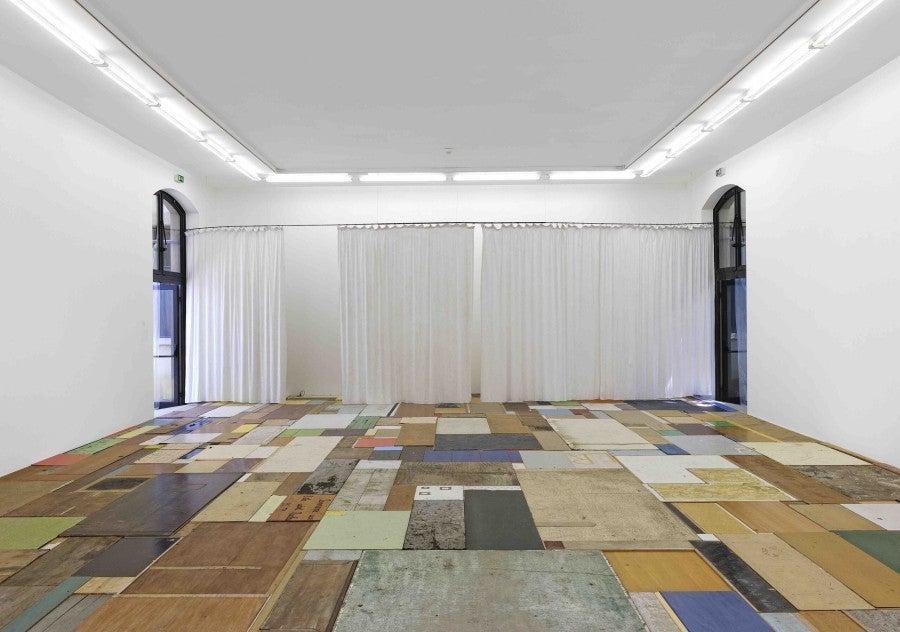
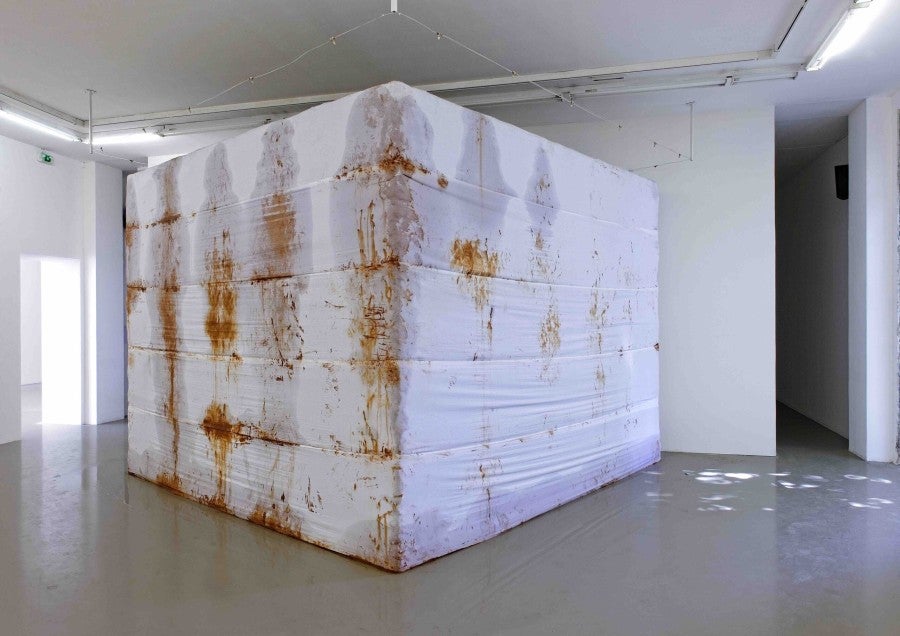
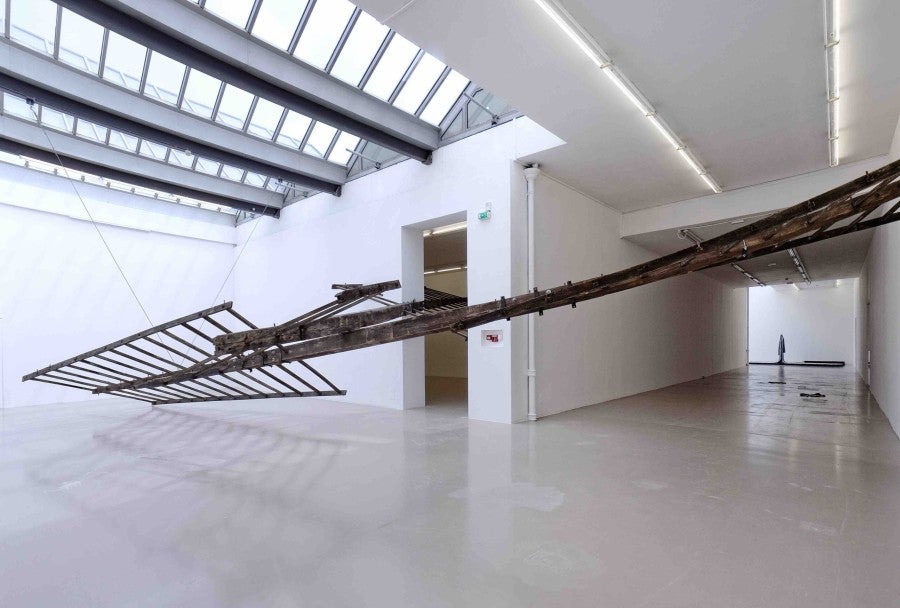
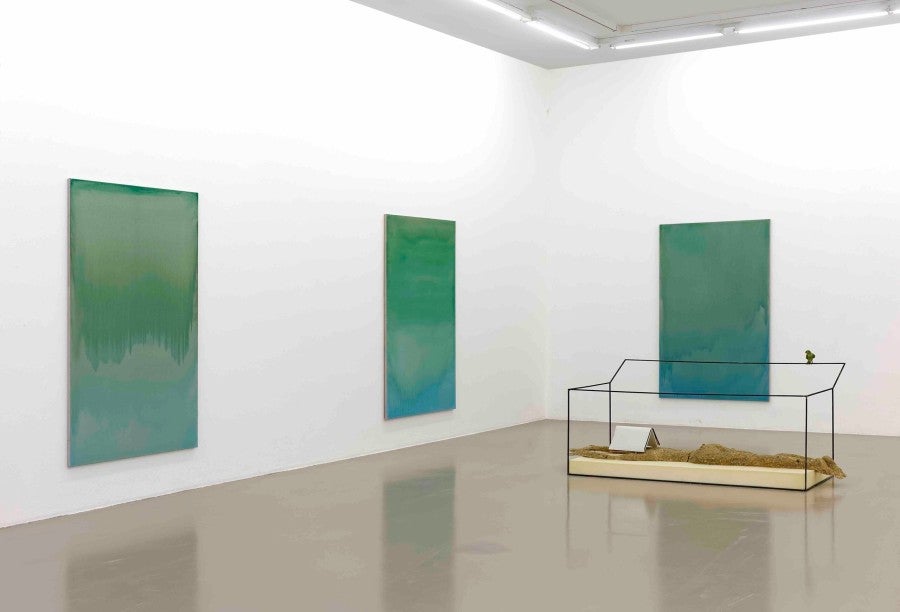
Leblon’s gesture inverts our habitual understanding of inside and outside. Transgressing its usual space and slicing into another, the windmill blade dissolved the gallery into a figurative rather than literal exhibition space. It also established a sharp contrast between a natural world defined by work, the rural landscape of the windmill, and nature understood as the site of leisure, the beach as a site of modern leisure and travel. However, the loss of the distinction between work and leisure, nature and culture, didn’t dissolve the spatial and architectural framework of the exhibition. On the contrary, it highlighted and amplified it, folding it into a chain of metaphors and tropological transformations. A similar overturning of the container/contained opposition occurred at Villeurbanne with National Monument (2006-2014), a gigantic block of wet clay that sat astride and between two rooms. Kept moist with a Gerry-rigged system of sprays and a cloth covering, the clay block both displaced and replaced the wall and the gallery, playing on and, by means of chiasmus, confusing the distinction between sculpture and architecture shifting one literally and figuratively into the other. In another room, this shift or oscillation between exhibition and artwork took the form of a footbridge, Giving substance to shadow (the wave, ladder, tortoise, lemons) (2013), that prevented visitors from walking on the floor and forcing them to take in the room at a distance.
These hybrid constructions, if we can use the term, were present even in places that one might consider to be the neutral territory of gallery circulation. In the main corridor that connects its two wings and is situated more or less in the center of the gallery, Field Piece (2014) was a site-specific work consisting of crumpled copies of the show’s promotional materials drifting on currents of air produced with the help of a blower. In bringing the outside metaphorically into the gallery, Leblon encouraged visitors to wonder about the boundaries between the exhibition space and the work. The move was amplified by a doorway set into the middle of the corridor barred with waist-high plexiglass. By allowing visitors a peek at what appear to be two sculptures of a horse and a dog covered by white sheets, Lost friend (horse) and Lost friend (dog) (2014), Leblon created the sense that visitors were peering into a storage room off limits to the public. With this subtle and playfully deceptive staging of the passage through the exhibition space, he transformed the gallery into a labyrinth, a maze that visitors had to navigate. When one finally arrived at the inner sanctum where these sculptures resided, Leblon delivered his coup de grâce by leading our imagination almost immediately back out of the room. Executed in plaster, the horse and the dog sit magisterially in the center of the room on a steel track base, but as white contours of themselves, absent forms, they are anti-climactic and anti-monumental. Their ironic, bathos-laden heroism leaves us with the feeling that the true value of the show was, as the cliché goes, in the journey not the destination.
Guillaume Leblon, Field Piece, 2014. Exhibition view, À dos de cheval avec le peintre, 2014, Institut d’art contemporain, Villeurbanne/Rhône-Alpes, France. Courtesy of the artist.
Community Delayed
...Leblon has prepared a set of riddles for his audience to work through.
As we have seen, there is more than an air of playful deception and gamesmanship in Leblon’s Villeurbanne show and in his work in general. He clearly does not treat his visitors as consumers to be flattered, coddled, or spoon-fed canned ideas. Rather, it’s more as if Leblon has prepared a set of riddles for his audience to work through, or perhaps like Marcel Duchamp, he is challenging them to a game of chess. The latter’s Bride Stripped Bare by Her Bachelors, Even (1915–1923), comes to mind in its puzzle-like quality and the promise it holds that if we, the viewers—its “bachelors”—look carefully enough, we can discover the system or key to unlock its meaning, thus “stripping it.” For Duchamp, the work of art understood mechanically—the “bride” was a motor, let us recall, in the Large Glass—implied a nominalism that forever cut the link between the figure and real objects. The work thus had to “appear as the apotheosis of virginity,” a subject of its own desire rather than the desire of the audience, the bachelors5. Leblon’s work, I would suggest, is similarly “anti-retinal” in the sense that Duchamp gave this term: instead of merely showing itself, his work presents a system of relationships and connections that appear to promise and, at the same time, deny meaning. Instead, they establish a movement and a relay from one part to another, that never seems to resolve into a whole, a unity of meaning that would resolve their constitutive tensions. In his Green Box notes, Duchamp described it as a “Delay in Glass.”6
Instead of playing on the distinction between art objects and the negative space around them, Leblon sees the relation between one part and another as the very “stuff” of his practice, its poetic material. This “stuff” isn’t anything specific, and it is not material. Rather, it is embodied and perhaps emblematized in the mold and in the act of casting—in the way a mold receives form rather than simply produces or posits it. Conceptually, a mold is a space ontologically “prior” to our everyday understanding of objects and objecthood. Rather than simply blurring the boundary between objects and the “negative” space around them, Leblon opens and establishes an interval and difference between things and non-things, between something and nothing. This pre-phenomenological spacing doesn’t negate sculptural representation. On the contrary, it first creates the possibility of figuration and tropological transformation of all of the operations and modalities of representation.
If there were sufficient time and space, one could consider Leblon’s work in relation to Plato’s idea of the khōra. In the Timaeus, his cosmological treatise, Plato famously proposed the idea of a “third genus” [triton genos], neither being nor non-being, but a “place,” “location,” even a “receptacle” and “mold,” that recalls the way in which the notion of “site” operates in contemporary art. Khōra, according to Jacques Derrida, defies the “logic of noncontradiction of the philosophers” and “gives place” for all beings. Following this logic of receiving and making space for, one can say that khōra needs to be distinguished from both the aesthesis of form associated with modern art and the logos of philosophical reason: “The khōra,” writes Derrida, “seems to be alien to the order of the ‘paradigm’, that intelligible and immutable model. And yet… it ‘participates’ in the intelligible in a very troublesome and indeed aporetic way.”7
Troublesome is a wonderful way to think of the third genus, for it complicates the neat distinction between artwork and space, representation and reality, container and contained. If this take is correct, Leblon can be said to elevate sculpture into a position of responsibility comparable to that of the architect, a figure who gives shape to our world like a Baron Haussmann cutting the Boulevards through old Paris with the stroke of his pen, but this cutting first opens the distinction between built environment and sculptural form, between the built environment as habitus and as representation and sign. This is an original or pre-phenomenal architecture of sorts.
In another sense, however, if we return to Leblon’s exhibition at LABOR and its Surrealist vocabulary of the body, what comes to mind is Sigmund Freud’s attempt to supplement his theory of the pleasure principle with the concept of the death drive (Todestriebe), the idea that living organisms also possess a contradictory instinct to return to an inorganic state. In Beyond the Pleasure Principle, Freud argued that living beings possessed an instinct of decomposition that shadowed and co-existed with their reproductive instincts8. This idea is plainly figured in the cigarettes Leblon conjures but also in the way Leblon pairs Cul, the bisected naked torso and single buttock with the light-up sea-urchin wall pieces, Veilleuse (blue) and Veilleuse (green). Whereas the latter are emblems of primitive reproduction, Cul reads as a Goberesque body part that puns on the way French (and English) use the singular “ass” to refer to buttocks. For Freud, the death drive represented the tendency of the organism to abolish its unity, implying that it is already in some way, amputated, less than whole, a part seeking not only to become whole but also to return to the condition of a part, and, for precisely this reason, multiple, more than itself, an instance of repetition. This idea is also legible, if subtly so, in Fake News (2019), a steel shower curtain rod and hanging towel at the far end of the gallery. Leblon designed the rod with small holes at the bottom that release steam that drops down, in principle at least, to produce a temporary curtain. Needless to say, here is a clear link to the LABOR show’s title, a gauzy, misty curtain that blocks nothing, is always unfinished, and always still to be repeated and to come.
One should take the title, Fake News, at face value. It reminds us that the idea of the sculptor-architect we have been tracing here is more than a purely critical figure, that ultimately, it concerns the political and social potential of art—and, more specifically, of sculptural practice today. It implies that Leblon’s figuration of the exhibition space and the built environment should be understood in relation to the polis and the res publicum, that is, as a reflection on the gallery space understood as a vehicle of political community.
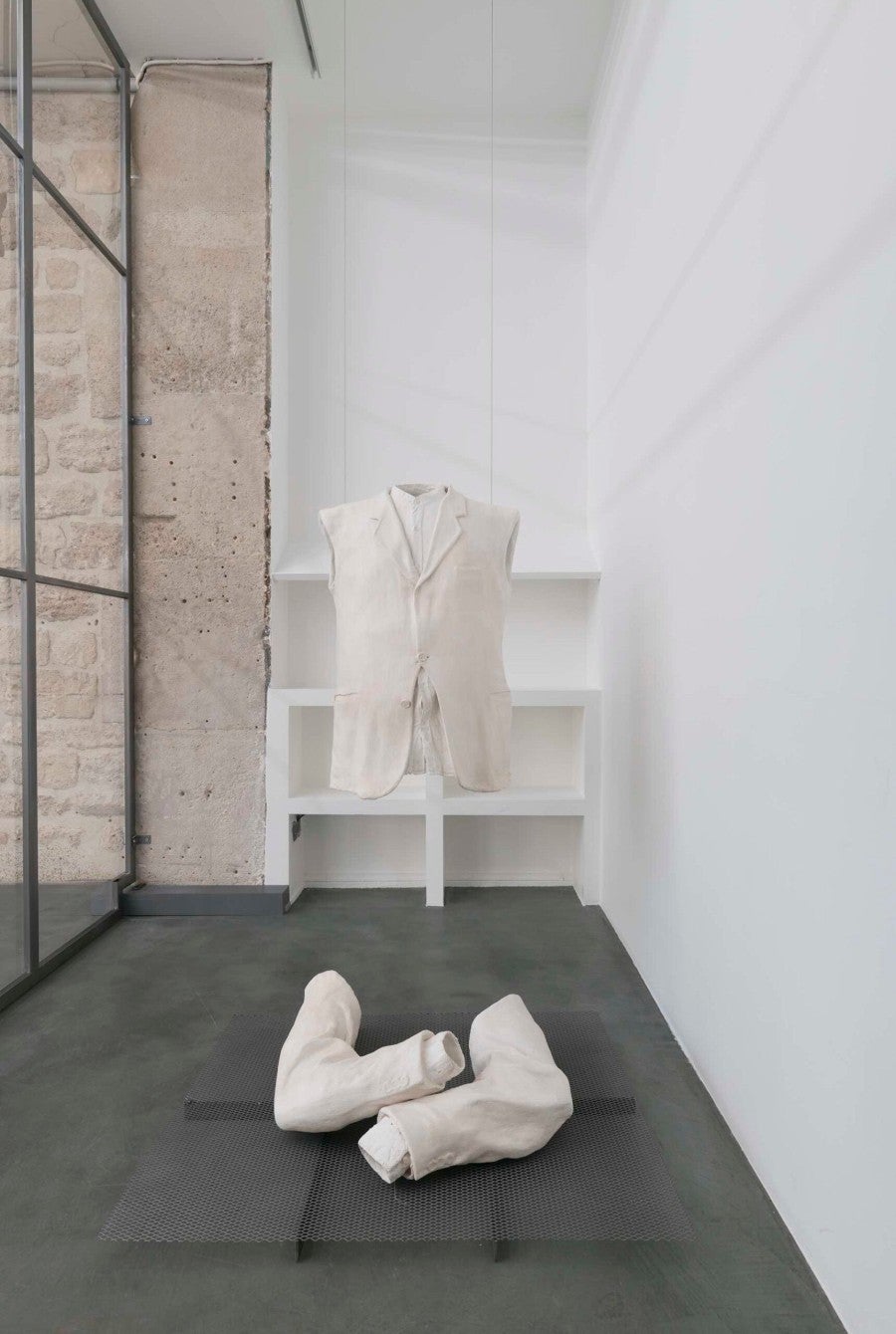
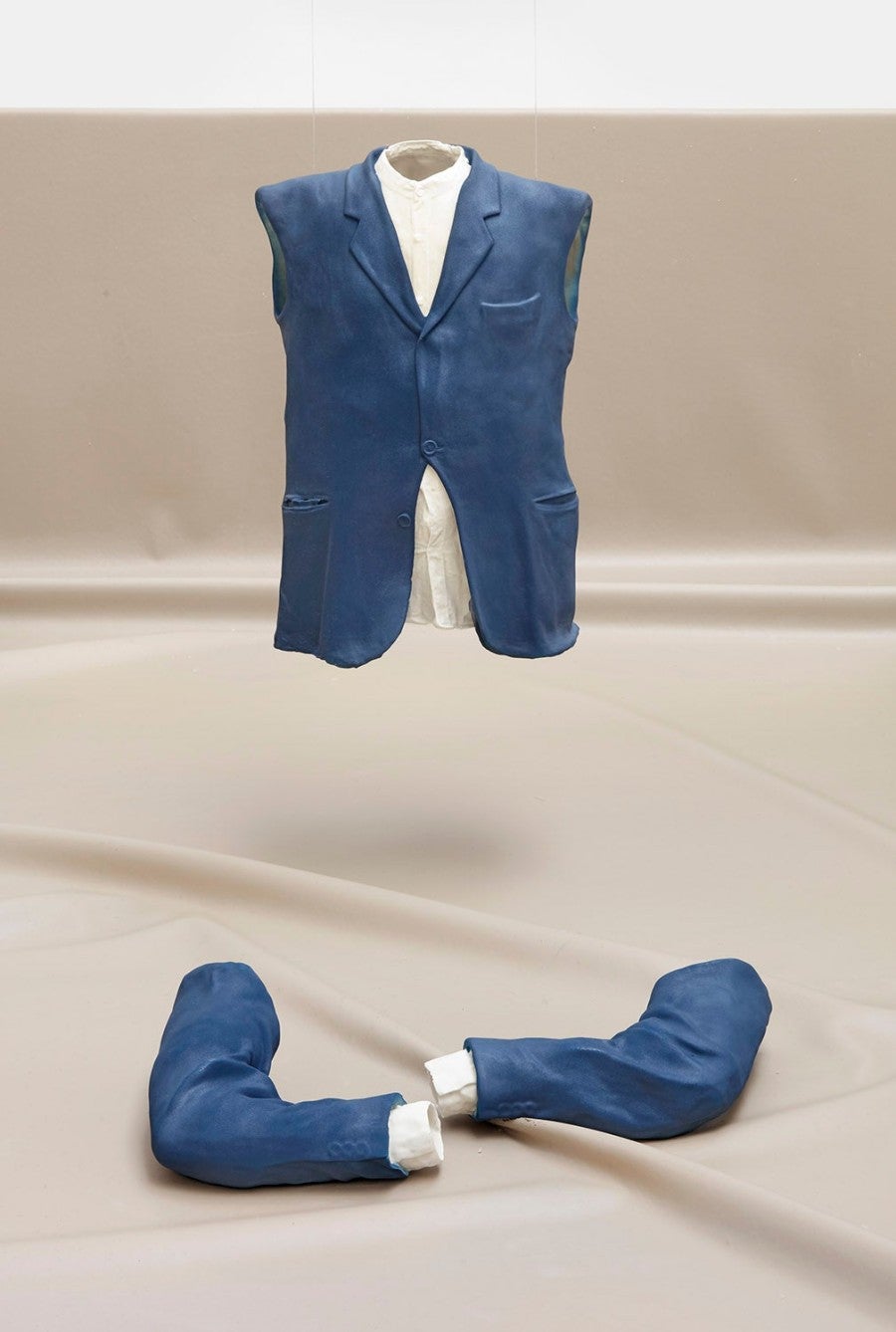
I don’t need to remind anyone that democratic political systems and communities around the world are being shaken to their core by the rise of conspiracy theory, disinformation campaigns, and an explosion of populist propaganda disseminated through social media and other digital platforms. By contrast, the art gallery has long been seen as embodying—either on the basis of Kantian conceptions of taste or participatory conceptions of art developed by everyone from Allan Kaprow to Nicolas Bourriaud and beyond, that is, as an explicitly urban and global cosmopolis—the space of cosmopolitics9.
Yet in addition to being the troublesome double of the architect, Leblon is also a trickster figure, a magician who serves up riddles and illusions as temporary as they are brilliant. He introduces the variable of time into the space of exhibition. Looking at Fake News, or Cul for that matter, and perhaps all of Leblon’s work, requires that we project forward or backward in time. They are never fully present to us. Standing in front of them, it seems, we become exiles lost in time, very much like Baudelaire’s swan. To my mind, this is a sober and salutary reminder nowadays, a time when so many are promising or seeking a “beau lac natal,” a native soil. Community, Leblon suggests, lies in the recognition of our exile and our perpetual wandering from part to part, like visitors in a gallery.
Dieter Roelstraete, “Jimmy Giuffre, Free Fall, 1961,” in Guillaume Leblon: Parallel Walk, (Xunta de Galicia, 2008), 51.
On this point, see also Luca Cerizza, “I Like to Remember Things My Own Way,” in Guillaume Leblon, (Dusseldorf: Kunstverein Dusseldorf, 2006), 102.
Rosalind Krauss, “Sculpture in the Expanded Field,” October Vol. 8 (Spring 1979), 36.
On this point, see Avital Ronell’s Crack Wars (Urbana, IL: University of Illinois Press, 2004).
See Marcel Duchamp, “1914 Box and Selected Texts,” in The Writings of Marcel Duchamp edited by Michel Sanouillet and Elmer Peterson (New York: Da Capo Press, 1989), 39. See also Thierry de Duve, Pictorial Nominalism: On Marcel Duchamp’s Passage from Painting to the Readymade, trans. Dana Polan (Minneapolis: University of Minnesota Press, 2005).
Ibid., 26.
Jacques Derrida, “Khōra,” in On the Name, edited by Thomas Dutoit, Translated by David Wood, John P. Leavey, and Ian McLeod (Stanford: Stanford University Press, 1995), 89-90.
Sigmund Freud, Beyond the Pleasure Principle, in The Freud Reader, ed. Peter Gay (New York: Norton Press, 1989), 617-619.
See Nicolas Bourriaud, Relational Aesthetics, trans. Simon Pleasance, Fronza Woods, and Mathieu Copeland (Dijon: les presses du réel, 2002).
